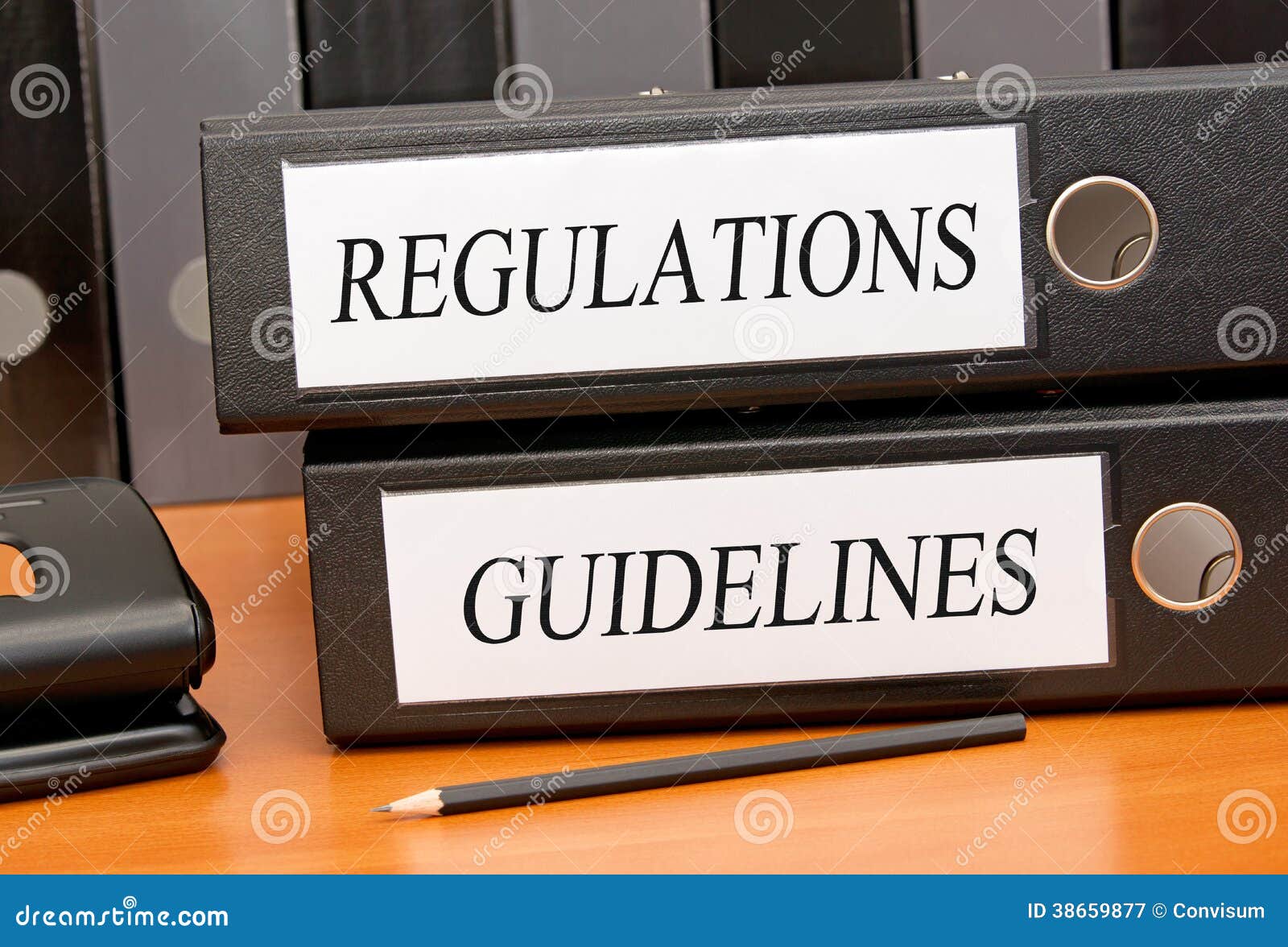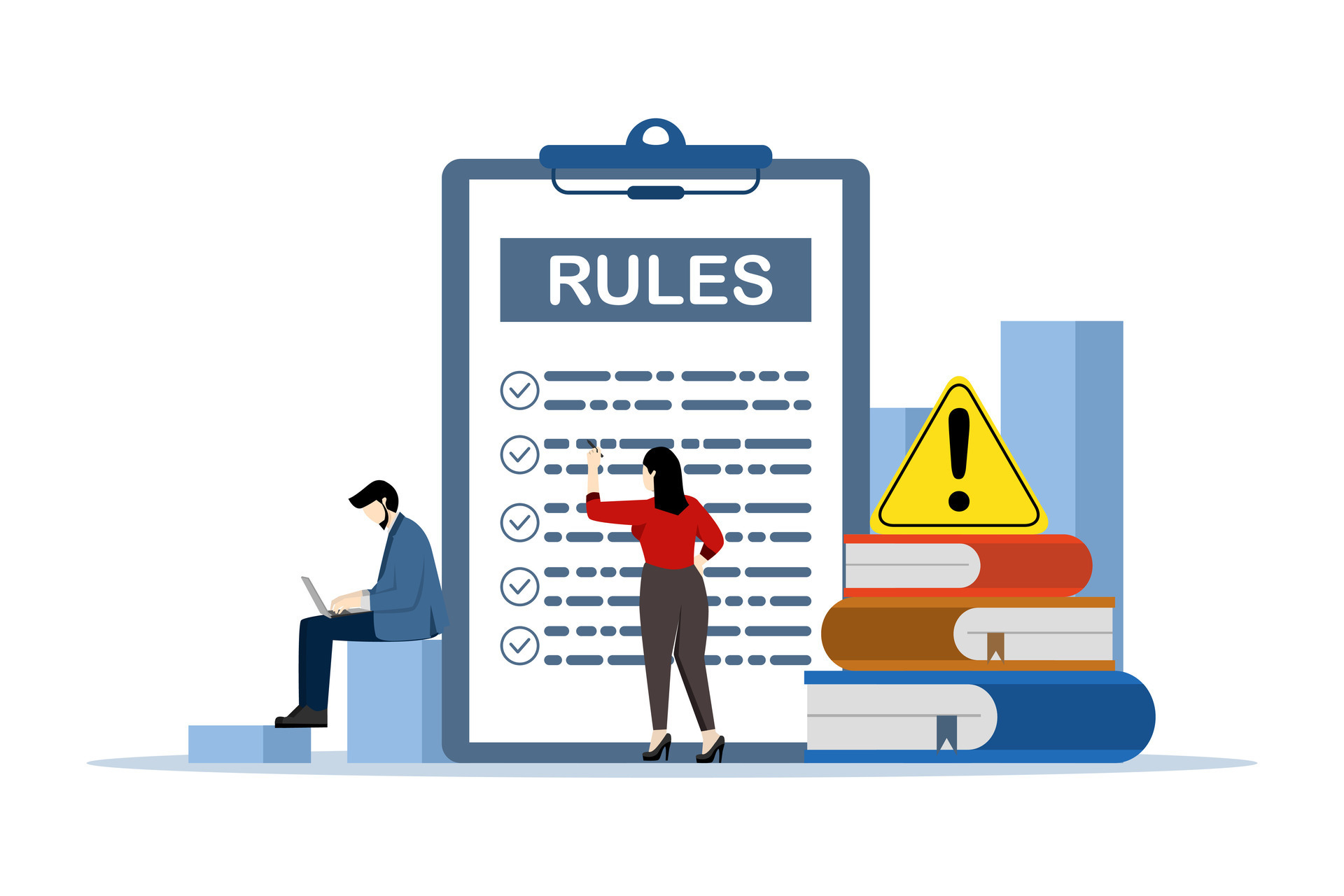Understanding the framework of film regulations is essential for filmmakers, critics, and movie enthusiasts alike. These rules are not arbitrary; they are designed to balance artistic freedom with societal norms, protecting audiences from potentially harmful content while allowing creators to express their vision. Whether it's a Hollywood blockbuster or an independent short film, every production must adhere to a set of guidelines that vary by country, region, and even platform. By exploring these regulations, we can gain a deeper appreciation for the complexities of filmmaking and the delicate balance between creativity and compliance. This article serves as your comprehensive guide to navigating the labyrinth of film regulations and guidelines. We’ll explore the history of censorship, the role of regulatory bodies, and the impact of global standards on the film industry. Additionally, we’ll answer pressing questions like, "What are the most common movie rules filmmakers must follow?" and "How do cultural differences influence film regulations?" By the end of this guide, you’ll have a clear understanding of how these rules shape the movies we love and the industry as a whole.
Table of Contents
- What Are Movie Rules and Why Do They Matter?
- The Evolution of Film Regulations: A Historical Perspective
- Who Regulates Movies? A Look at Global Regulatory Bodies
- What Are the Most Common Movie Rules Filmmakers Must Follow?
- How Do Cultural Differences Influence Film Regulations?
- What Impact Do Movie Rules Have on Filmmakers?
- How Can Filmmakers Navigate Film Regulations and Guidelines Effectively?
- What Does the Future Hold for Movie Rules and Regulations?
What Are Movie Rules and Why Do They Matter?
Movie rules, often referred to as film regulations or guidelines, are a set of standards and restrictions that dictate the content, distribution, and exhibition of films. These rules are established by government bodies, industry organizations, and cultural institutions to ensure that movies are appropriate for their intended audiences. They cover a wide range of elements, including language, violence, sexual content, drug use, and political messaging. By adhering to these regulations, filmmakers can avoid legal issues, censorship, and backlash from audiences.
Why do these rules matter? For starters, they protect viewers, particularly children, from exposure to inappropriate or harmful content. Age ratings, such as PG, R, or NC-17, are a prime example of how movie rules safeguard audiences. These classifications help parents and guardians make informed decisions about the films their children watch. Additionally, film regulations ensure that movies respect cultural sensitivities and societal norms. For instance, a film that is acceptable in one country may face censorship or bans in another due to differing cultural values.
Read also:Discover The Timeless Appeal Of White Pyrex A Collectorrsquos Guide
Moreover, movie rules play a crucial role in maintaining the integrity of the film industry. By setting clear standards, regulatory bodies promote fairness and accountability among filmmakers. This creates a level playing field where creativity can flourish within defined boundaries. While some argue that these rules stifle artistic freedom, they ultimately serve to balance innovation with responsibility, ensuring that films remain a powerful and influential medium for storytelling.
The Evolution of Film Regulations: A Historical Perspective
The history of film regulations dates back to the early 20th century, when the rapid rise of cinema sparked debates about its influence on society. During the silent film era, movies were often criticized for their perceived moral and ethical shortcomings. This led to the creation of the Hays Code in 1930, a set of guidelines that imposed strict restrictions on film content in the United States. The code banned depictions of crime, immorality, and controversial themes, shaping Hollywood's output for decades.
As cinema evolved, so did the regulations governing it. The decline of the Hays Code in the 1960s marked a turning point, as filmmakers began pushing the boundaries of artistic expression. This era saw the introduction of the modern rating system, which replaced rigid censorship with a more flexible approach. Meanwhile, other countries developed their own regulatory frameworks, reflecting their unique cultural and political landscapes. For example, the British Board of Film Classification (BBFC) and India's Central Board of Film Certification (CBFC) emerged as influential bodies in their respective regions.
Today, film regulations continue to adapt to the changing times. The rise of digital streaming platforms has introduced new challenges, as content is no longer confined to traditional theaters. This has prompted regulatory bodies to update their guidelines to address issues like online distribution, piracy, and global accessibility. Despite these changes, the core purpose of film regulations remains the same: to ensure that movies are both entertaining and responsible.
Who Regulates Movies? A Look at Global Regulatory Bodies
Film regulations are enforced by a variety of organizations, each with its own set of guidelines and priorities. In the United States, the Motion Picture Association (MPA) oversees the rating system, assigning classifications like G, PG, PG-13, R, and NC-17 to films based on their content. While the MPA's ratings are voluntary, they are widely adopted by theaters and distributors, making them a de facto standard in the industry.
Outside the U.S., regulatory bodies vary significantly from country to country. In the United Kingdom, the BBFC plays a central role in classifying films and ensuring compliance with local laws. Similarly, India's CBFC has the authority to approve, modify, or reject films based on their adherence to national guidelines. Other notable organizations include Australia's Classification Board, Canada's provincial film boards, and Japan's Eirin system.
Read also:Discover The Dynamic Duo Tia And Tamera Mowry A Journey Of Talent Resilience And Sisterhood
These regulatory bodies often collaborate to address cross-border issues, such as the global distribution of films. However, their approaches can differ dramatically, reflecting the diverse cultural and legal contexts in which they operate. For instance, some countries impose strict censorship laws to align with religious or political ideologies, while others adopt a more liberal stance. Understanding these differences is essential for filmmakers seeking to navigate the complex world of international cinema.
What Are the Most Common Movie Rules Filmmakers Must Follow?
Filmmakers must adhere to a variety of rules and guidelines to ensure their movies meet regulatory standards. These rules typically fall into several key categories, each addressing specific aspects of film content and production.
Content Restrictions
- Violence: Excessive or graphic depictions of violence are often subject to scrutiny, particularly in films aimed at younger audiences.
- Language: Profanity and offensive language may result in higher age ratings or censorship, depending on the context.
- Sexual Content: Scenes involving nudity or sexual activity are closely monitored and may require edits to comply with local laws.
Age Ratings
Age ratings are one of the most visible aspects of film regulations. These classifications help audiences determine whether a movie is suitable for children, teenagers, or adults. Filmmakers must consider these ratings during production to avoid alienating potential viewers or facing distribution challenges.
Global Variations in Ratings
While the MPA's rating system is widely recognized, other countries have their own systems. For example, the BBFC uses categories like U, 12A, and 18, while Australia employs G, M, and R18+ ratings. Understanding these variations is crucial for filmmakers targeting international markets.
Legal Compliance
Filmmakers must also ensure their movies comply with local laws, including copyright regulations, defamation laws, and advertising standards. Failure to do so can result in legal action, fines, or even bans.
How Do Cultural Differences Influence Film Regulations?
Cultural differences play a significant role in shaping film regulations around the world. What is considered acceptable in one country may be deemed offensive or inappropriate in another, leading to variations in how movies are regulated. For example, films that depict religious themes or political dissent may face strict censorship in countries with conservative or authoritarian regimes.
Regional Sensitivities
In some regions, cultural norms dictate the types of content that can be shown on screen. For instance, Middle Eastern countries often impose restrictions on films that portray LGBTQ+ themes or challenge traditional gender roles. Similarly, films that criticize political leaders or institutions may be banned in countries with strict media control.
Globalization and Adaptation
As the film industry becomes increasingly globalized, filmmakers must adapt their work to meet the expectations of diverse audiences. This often involves creating multiple versions of a film to comply with different regulatory standards. While this can be a daunting task, it also presents an opportunity for filmmakers to explore new creative avenues and reach wider audiences.
What Impact Do Movie Rules Have on Filmmakers?
Film regulations have a profound impact on the creative process, influencing everything from scriptwriting to post-production. Filmmakers must constantly weigh the demands of regulatory compliance against their artistic vision, often making difficult decisions to ensure their work is both compelling and acceptable.
Creative Constraints
While some filmmakers view regulations as a hindrance, others see them as a challenge that inspires innovation. By working within the boundaries of film rules, creators can find new ways to convey their messages and engage audiences. This balance between creativity and compliance is a hallmark of successful filmmaking.
Financial Implications
Non-compliance with film regulations can have serious financial consequences. Movies that fail to meet regulatory standards may face distribution delays, reduced box office revenue, or outright bans. For independent filmmakers, these challenges can be particularly daunting, as they often lack the resources to navigate complex regulatory landscapes.
How Can Filmmakers Navigate Film Regulations and Guidelines Effectively?
Navigating film regulations requires a combination of research, collaboration, and strategic planning. Filmmakers must stay informed about the latest guidelines and work closely with legal experts, distributors, and regulatory bodies to ensure compliance.
Pre-Production Planning
During the pre-production phase, filmmakers should assess the potential regulatory challenges their project may face. This includes reviewing local laws, consulting with industry professionals, and developing a clear understanding of the target audience.
Post-Production Adjustments
In post-production, filmmakers may need to make edits to align with regulatory requirements. This could involve cutting scenes, adding disclaimers, or creating alternate versions of the film for different markets.
What Does the Future Hold for Movie Rules and Regulations?
As technology continues to evolve, so too will the landscape of film regulations. The rise of virtual reality, artificial intelligence, and interactive storytelling presents new opportunities and challenges for regulators. Additionally, the growing influence of streaming platforms is reshaping how films are distributed and consumed, prompting calls for updated guidelines.
Despite these changes, the core principles of film regulations are likely to remain the same. Protecting audiences, respecting cultural sensitivities, and promoting artistic freedom will continue to be the guiding forces behind movie rules. By staying informed and adaptable, filmmakers can navigate this ever-changing landscape and create films that resonate with audiences worldwide.
FAQs
What Are the Penalties for Violating Film Regulations?
Filmmakers who violate film regulations may face a range of penalties, including fines, distribution bans, or legal action. In some cases, non-compliance can also damage a filmmaker's reputation and limit future opportunities.
How Do Streaming Platforms Impact Film Regulations?
Streaming platforms have introduced new challenges for regulators, as content is no longer confined to traditional theaters. This has led to calls for updated guidelines that address issues like global accessibility and online distribution.
Can Filmmakers Appeal a Regulatory Decision?
Yes, filmmakers can often appeal regulatory decisions by submitting revised versions of their films or presenting their case to an appeals board. The process varies depending on the country and regulatory body involved.
Conclusion
Understanding movie rules is essential for anyone involved in the film industry. These regulations ensure that films are both entertaining and responsible, balancing artistic freedom with societal norms. By exploring the history, impact, and future of film regulations, we can gain a deeper appreciation for the complexities of filmmaking and the delicate balance between creativity and compliance.
For more information on film regulations, visit the Motion Picture Association.

